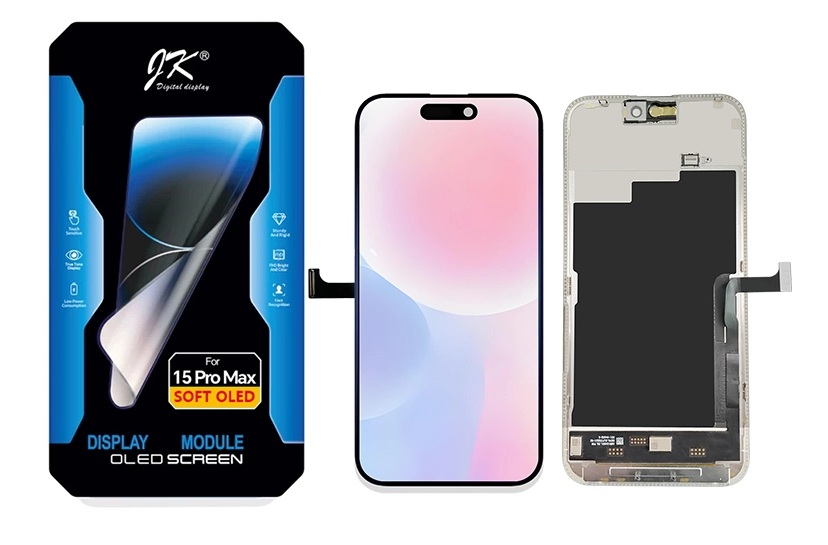In the rapidly evolving world of technology, electronic components play a pivotal role in the functionality and longevity of devices. From smartphones to industrial machinery, understanding the average lifespan of these components is crucial for engineers, technicians, and manufacturers alike. This article delves into the factors influencing the lifespan of electronic components, provides insights into specific types of components, and offers practical tips for extending their operational life.
The Importance of Lifespan in Electronic Components
The lifespan of electronic components is not merely a measure of durability; it directly impacts the reliability, performance, and overall cost-effectiveness of electronic systems. Components that fail prematurely can lead to increased maintenance costs, unexpected downtimes, and even safety hazards. Therefore, understanding the average lifespan of various components is essential for effective design, maintenance, and replacement strategies.
Factors Influencing Lifespan
- Environmental Conditions: Temperature, humidity, and exposure to contaminants significantly affect the lifespan of electronic components. High temperatures can accelerate wear and tear, while excessive moisture can lead to corrosion and short circuits. For instance, capacitors are particularly sensitive to temperature variations, with their lifespan halving for every 10°C increase above their rated temperature.
- Electrical Stress: Overvoltage and excessive current can lead to premature failure. Components such as resistors and capacitors have specific voltage ratings, and exceeding these can result in catastrophic failure. Understanding the electrical specifications and adhering to them is crucial for prolonging component life.
- Mechanical Stress: Vibration, shock, and physical handling can also impact the lifespan of electronic components. For example, connectors and solder joints are susceptible to mechanical fatigue, which can lead to intermittent connections or complete failure over time.
- Quality of Manufacturing: The manufacturing process and quality control measures play a significant role in determining the lifespan of electronic components. Components produced under stringent quality standards tend to have a longer lifespan compared to those manufactured with less oversight.
Average Lifespan of Common Electronic Components
- Resistors: Typically, resistors have a lifespan of around 10 to 20 years, depending on their type and application. Carbon film resistors may have a shorter lifespan compared to metal film resistors due to their susceptibility to thermal and electrical stress.
- Capacitors: The lifespan of capacitors varies widely based on type. Aluminum electrolytic capacitors generally last between 1,000 to 10,000 hours at rated voltage and temperature, while ceramic capacitors can last significantly longer, often exceeding 10 years.
- Diodes: Standard silicon diodes can last over 10 years, while Schottky diodes may have a shorter lifespan due to their lower voltage ratings and higher leakage currents.
- Transistors: Bipolar junction transistors (BJTs) and field-effect transistors (FETs) can last anywhere from 10 to 20 years, depending on their operating conditions and thermal management.
- Integrated Circuits (ICs): The lifespan of ICs can vary significantly based on their complexity and application. Generally, ICs can last between 10 to 20 years, but certain high-reliability applications may require components rated for longer lifespans.
Strategies for Extending Component Lifespan
- Thermal Management: Implementing effective cooling solutions, such as heat sinks and fans, can significantly reduce the thermal stress on components, thereby extending their lifespan.
- Regular Maintenance: Periodic inspections and maintenance can help identify potential issues before they lead to component failure. This includes checking for signs of wear, corrosion, and ensuring proper connections.
- Choosing Quality Components: Investing in high-quality components from reputable manufacturers can pay off in the long run. Components that meet or exceed industry standards are more likely to have longer lifespans.
- Design Considerations: Engineers should consider derating components—operating them below their maximum ratings—to enhance reliability and lifespan. This practice is particularly important in high-stress environments.
Conclusion
Understanding the average lifespan of electronic components is essential for anyone involved in the design, manufacturing, or maintenance of electronic devices. By considering the various factors that influence lifespan and implementing strategies to extend it, professionals can ensure the reliability and efficiency of their electronic systems. As technology continues to advance, staying informed about component lifespans will remain a critical aspect of engineering and maintenance practices.


